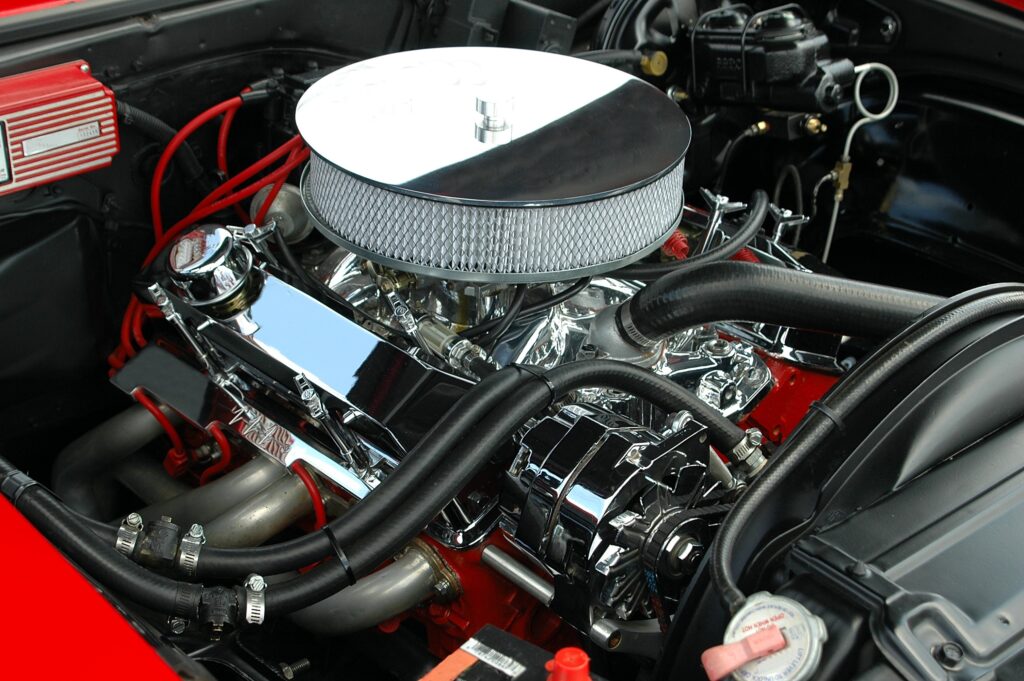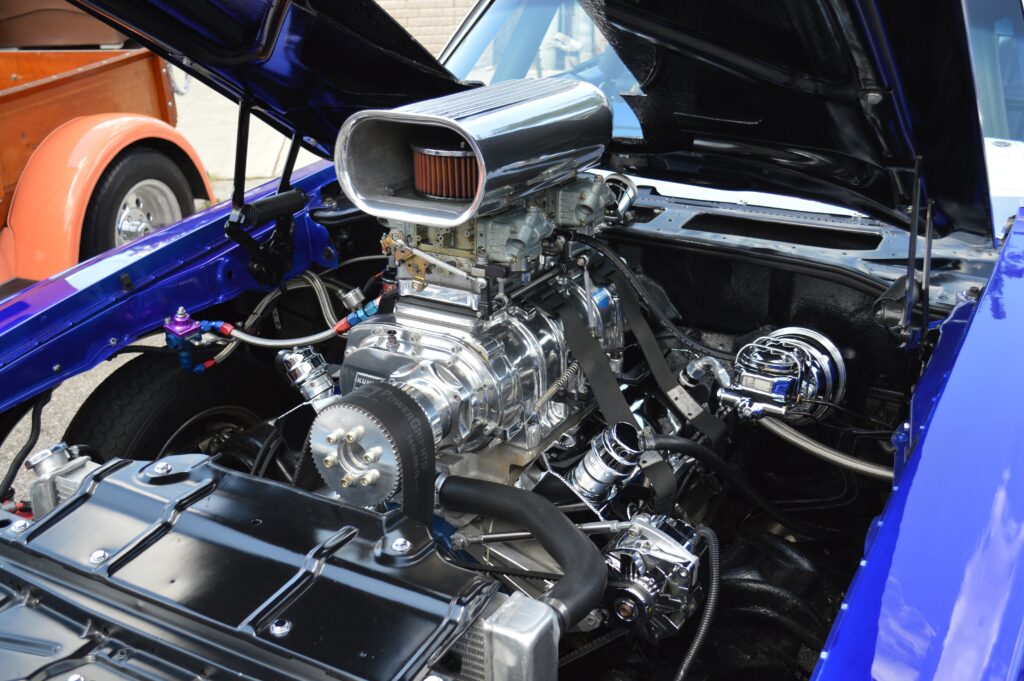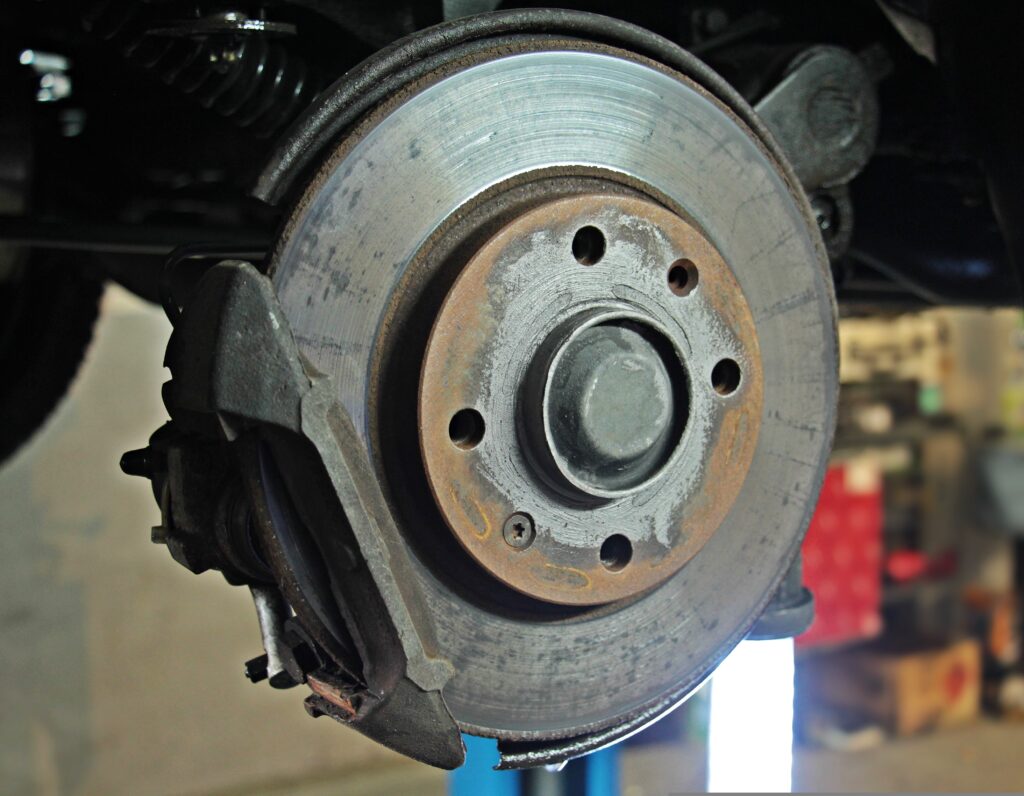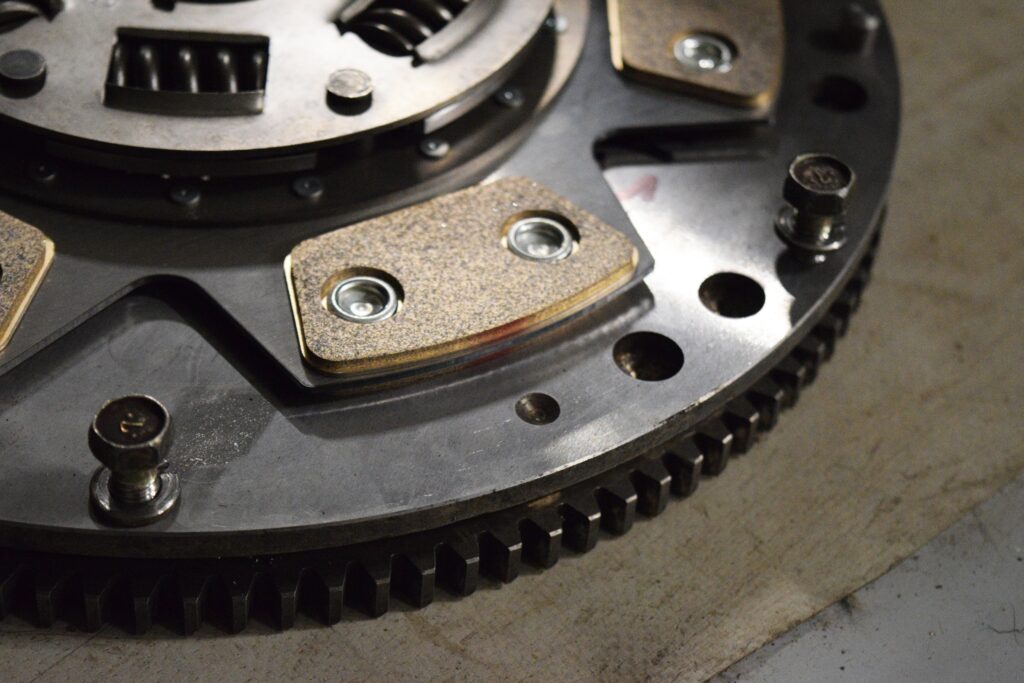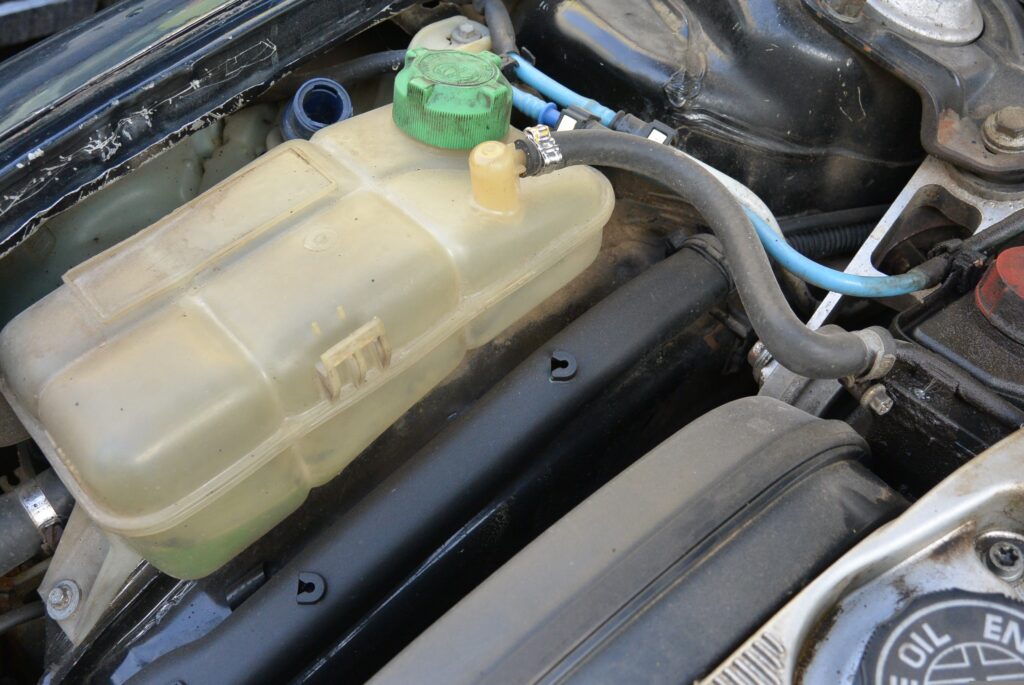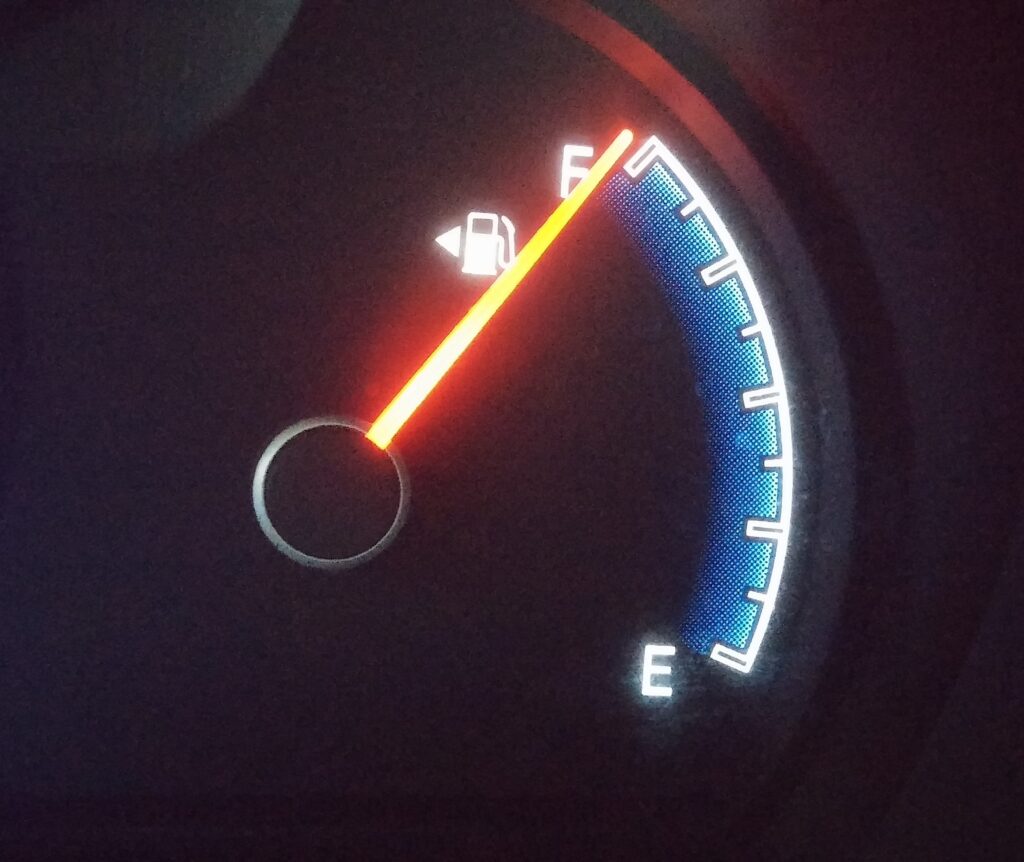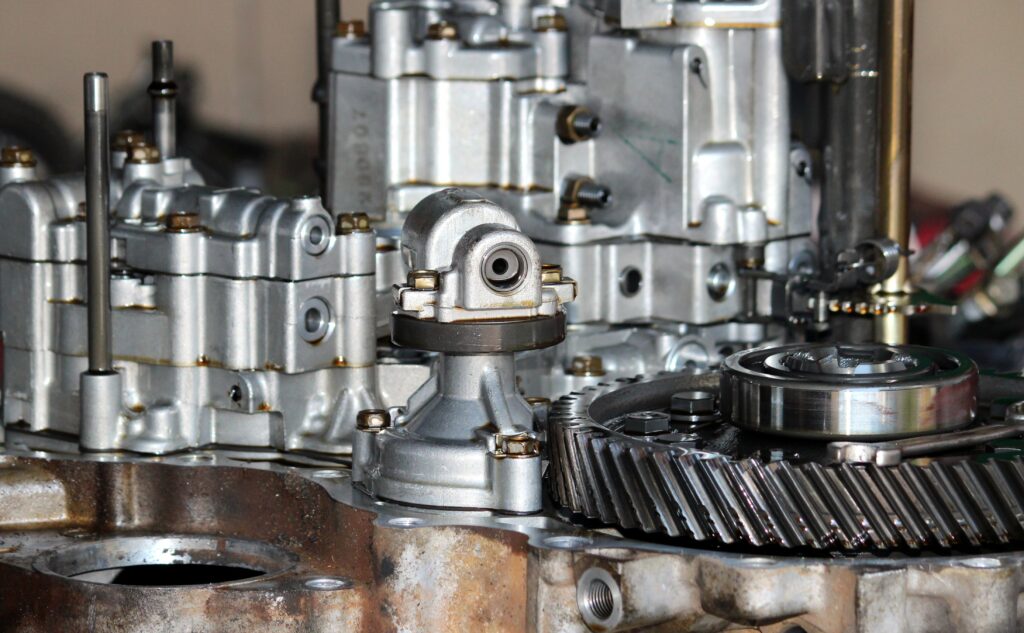Understanding Your Vehicle’s Check Engine Light
How the System Works
Modern vehicles are equipped with an Electronic Control Module (ECM) that regulates various aspects of the engine. Its primary function is to keep the engine operating at peak efficiency while minimizing emissions. Achieving this balance is no small feat, given strict emission regulations and varying conditions like speed, temperature, and road quality.

Sensors and Inputs
The ECM relies on a variety of sensors to gauge conditions like engine temperature, vehicle speed, and load. These sensors provide the data that the ECM uses to make adjustments. These adjustments can involve altering fuel levels, modifying ignition timing, or changing idle speed.
Oxygen Sensors
Two types of oxygen sensors work in tandem to manage emissions. The primary (upstream) sensor is located in the exhaust before the catalytic converter. This sensor measures the quality of combustion in the cylinders and sends data back to the ECM. The ECM uses this information to fine-tune the air-fuel mixture, further reducing emissions. A secondary (downstream) sensor, located after the catalytic converter, monitors the converter’s efficiency.
Additional Systems
Other systems, such as the Evaporative system (EVAP), help prevent gasoline vapors from escaping into the atmosphere. The ECM also controls these additional systems and their associated sensors and actuators.
Self-Diagnostic Capability
One of the ECM’s key features is its self-diagnostic ability. It continuously tests the operation of various sensors and components. When it detects an abnormality or missing signal, it triggers the “Check Engine” or “Service Engine Soon” light—also known as the Malfunction Indication Light (MIL). This action is accompanied by the storage of a Diagnostic Trouble Code (DTC) in the ECM’s memory.
Interpreting Trouble Codes
These stored codes can be read using a special scan tool. Although the code provides a general direction for troubleshooting, it doesn’t pinpoint the exact issue. Technicians need to perform specific tests based on each code to determine the true cause of the problem.
Common Triggers
Even seemingly minor issues, like a loose gas cap, can activate the “Check Engine” light. Mechanical failures in controlled systems, such as a faulty EGR valve, will also trigger the light.
Check Engine Light Diagnostics at P.B. Foreign and Domestic Car Repair
When to Seek Check Engine Light Diagnostics
Is your check engine light on? Don’t ignore it! This light is your car’s way of telling you something needs attention. Whether it’s a minor issue or something more severe, our expert Car Care technicians can diagnose the problem.
What Our Check Engine Light Diagnostics Include
Our comprehensive diagnostics service aims to identify the root cause of that annoying check engine light. Our services include:
- Code Reading: Using state-of-the-art equipment to read error codes.
- Initial Assessment: Understanding the immediate issues that may be affecting performance.
- Further Investigation: Additional tests to rule out false readings or underlying issues.
- Consultation: Discussing the findings with you to decide the best course of action.
- Repair and Reset: Once the issue is identified and fixed, we’ll reset the check engine light.
Why Choose Us for Your Check Engine Light Concerns?
Don’t leave your car’s health to chance. A lit check engine light can signify a variety of issues, some of which can be severe. Trust the expertise of P.B. Foreign and Domestic Car Repair to correctly diagnose and treat your vehicle’s ailments.
Contact Us
If your check engine light is on and you need professional diagnostics, schedule an appointment or give us a call at 1-858-270-1142.
